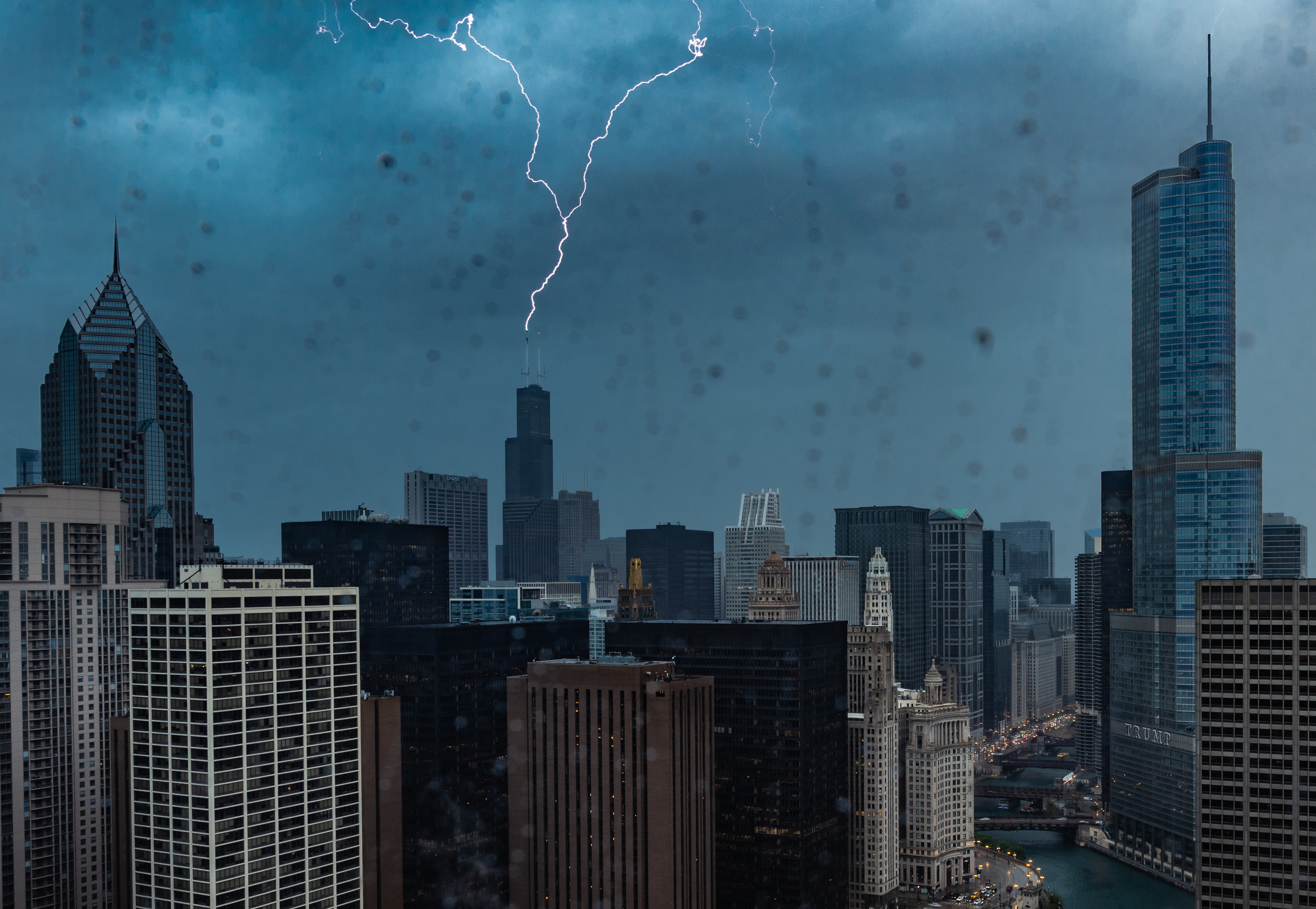Nearly 20 years ago, on a cold day in March in downtown Chicago, Kevin Morrow was trying to hail a cab.
Morrow was one of several students who, back in 1993, helped NBC Chicago’s Unit 5 Investigative Team conduct a very unscientific and random test to find out if African Americans would be treated any differently that whites in various everyday situations.
We sent Morrow, along with fellow students from Chicago’s Columbia College, out to hail cabs, shop for cars, stand around in hotel lobbies and walk through department stores while we watched with undercover cameras.
More often than not, the African American student was clearly was treated with suspicion or ignored outright. When Morrow, for example, stood outside the NBC Tower and tried to hail a cab, it passed him up and then stopped to pick up our white student farther up the street. And it happened time, after time after time.
"You get mad. You get upset," Morrow said at the time. "You get the feeling of just being left out in the cold. I even tried smiling a couple of times, but it didn’t work."
Two decades later, Morrow is a part-time actor in movies like "Barbershop" and "Hoodlum" and a dean at Hales Franciscan High School on Chicago’s South Side. One day last November Morrow accompanied his Hales students on a field trip to the NBC Chicago newsroom and ran in to one of the producers who worked on the original "Black and White"story in 1993.
The question came up: What if we tried that unscientific experiment – again with Morrow– now?
So one day this past January, Unit 5 sent Morrow outside the NBC Tower again. Once again we had him hail a cab, and at the same time we had a caucasian man hail one a bit farther up the road. And this time, no one passed Morrow. He got the cab every time.
"Twenty years later, here we are," he quipped after the experiment. "Kevin Morrow can get a cab! Imagine that!”
Local
Unit 5 also sent him back to a local car dealer where decades earlier a salesman did not seem at all interested in waiting on him. Twenty years later, the new salesmen fawned all over Morrow, taking him for a test drive and smothered him with attention.
So have things really changed?
"I hope so," said John Fountain, a professor at Roosevelt University and a columnist at the Chicago Sun-Times. "An African-American is occupying the White House. So to say that there’s been no progress would not be the truth. But to say that we still don’t have a ways to go would not be the truth, either."
Fountain points out that in these tough economic times, a car dealer would be crazy to pass up any customer who might have money to buy a car. Morrow is now a middle-aged man, said Fountain, and he’s far more likely to be able to buy a vehicle, or pay for a cab, than the Morrow of twenty years ago. "So much of what we face as black males has to do with being a young black male. You fit a certain demographic."
The fact that Morrow is 20 years older now may explain why he was treated courteously, even when we sent him to ask for directions and help from strangers in affluent -- and mainly white -- suburbs like Hinsdale and Highland Park. Fountain said there are good days like these, but also bad days for any African American person, especially an African-American.
He calls it Living While Black: You never quite know what to expect, "and you’re always prepared for the possibility of being knocked down. And when you’re not, that’s a good day."
This was clearly an unscientific, one-day test, not at all a reliable indicator of the state of racism in Chicago. So Unit 5 wants to know: What are your experiences? Where have you encountered racism, and when? Submit your specific stories of race relations in Chicago – where and when; good or bad – and we may report on them at a later time.



